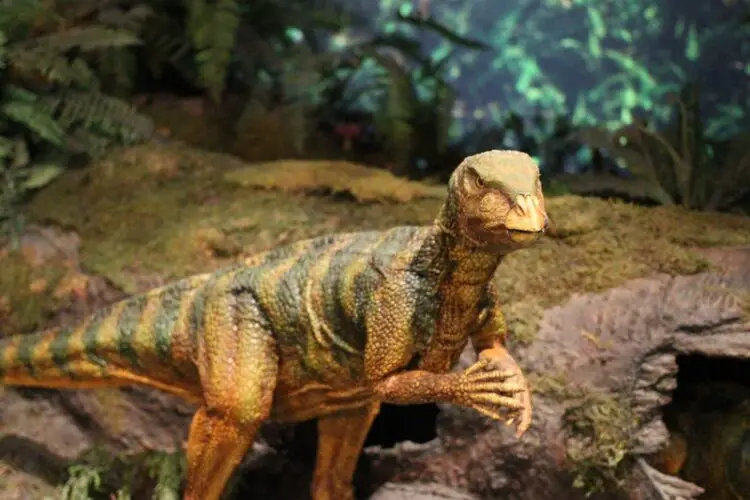Dinosaurs, the magnificent creatures that once roamed the Earth, have captivated the human imagination for centuries. From the towering long-necked sauropods to the fearsome theropods, dinosaurs were a diverse group of ancient reptiles that dominated the Mesozoic Era. In this article, we will explore the fascinating differences between dinosaurs and modern reptiles and other animals, shedding light on their unique characteristics and evolutionary history.
Evolutionary History
Dinosaurs first appeared during the Late Triassic period, around 230 million years ago, and went on to flourish during the Jurassic and Cretaceous periods. They were part of the broader group of reptiles, which also includes modern reptiles like snakes, lizards, turtles, and crocodiles. However, dinosaurs belong to a distinct group within this classification, known as the archosaurs, which also includes birds and crocodilians.
Hip Structure and Locomotion
One of the most significant differences between dinosaurs and modern reptiles lies in their hip structure and locomotion. Dinosaurs had an upright stance, with legs positioned directly beneath their bodies. This unique design allowed them to be agile walkers and runners, as seen in the bipedal theropods and the quadrupedal sauropods. In contrast, most modern reptiles have a sprawling posture, with their legs splayed out to the sides, which limits their mobility and speed.
Diversity of Size
Dinosaurs exhibited an astonishing diversity of sizes. From the tiny microraptors, not much larger than a crow, to the colossal sauropods like Argentinosaurus, which reached lengths of over 100 feet, dinosaurs came in all shapes and sizes. This remarkable variation in size is not as pronounced in modern reptiles, where most species are relatively small compared to the largest dinosaurs.
Extinction and Living Descendants
While dinosaurs went extinct around 66 million years ago during the Cretaceous-Paleogene extinction event, some reptile groups survived and continue to thrive today. Modern reptiles, such as snakes, lizards, and turtles, are considered descendants of ancient reptiles that lived alongside dinosaurs. However, it is essential to note that dinosaurs, as a group, no longer exist. Instead, birds, which evolved from theropod dinosaurs, are their living descendants.
Adaptive Radiation and Ecology
Dinosaurs played a critical role in shaping terrestrial ecosystems during their reign. Their diversity and ecological niches led to an adaptive radiation, with various species occupying different roles in the food web. This diversity contributed to their evolutionary success. Modern reptiles, while not as diverse as dinosaurs, still occupy vital roles in ecosystems today, as predators, herbivores, and scavengers.
Conclusion
The study of dinosaurs and modern reptiles provides us with valuable insights into the dynamic history of life on Earth. Dinosaurs, with their awe-inspiring size and diversity, have left an indelible mark on our planet’s geological history. Understanding the differences and similarities between dinosaurs and modern reptiles enhances our appreciation of the ever-changing landscape of evolution and the beauty of the natural world. As we continue to explore and uncover the mysteries of our prehistoric past, the legacy of dinosaurs and their reptilian relatives will continue to inspire and educate generations to come.

